Spray painting vs painting with a roller – which is best?
Take advice from the professionals on the merits of spray painting and those of using a roller
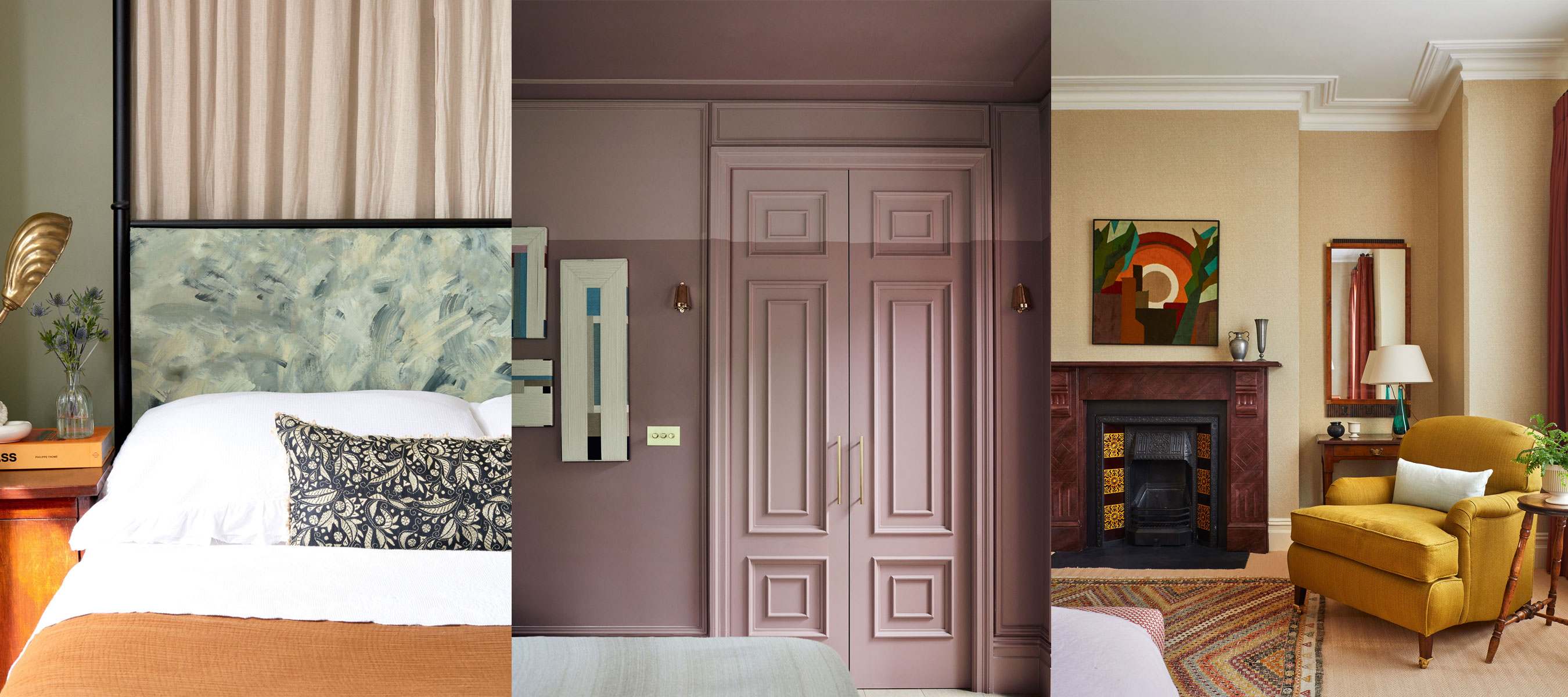

In the head-to-head of spray painting vs painting with a roller, it’s a good idea to take advice from experts whose success depends on knowing how to get great results every time they use paint in a project.
Understanding how to choose between spray painting and using a roller will make the application more efficient, help create a pro-level finish, and even prolong the life of your paint job.
Whether you’re painting a wall or transforming your home with paint, understanding which painting method is right for the situation and the surface is crucial and we’ve got the lowdown from the professionals.
Spray painting vs painting with a roller
If you’re weighing up the benefits of spray painting vs using a roller, it’s important to know that both methods have their uses.
‘If both are done using quality tools, they both can have great outcomes; however, there are some situations in which one is better than the other,’ explains Seth Miles at Groovy Hues Paint.
We’ve set out the pros’ reasoning on why you might spray paint and why you might prefer to apply it with a roller below.
Benefits of spray painting
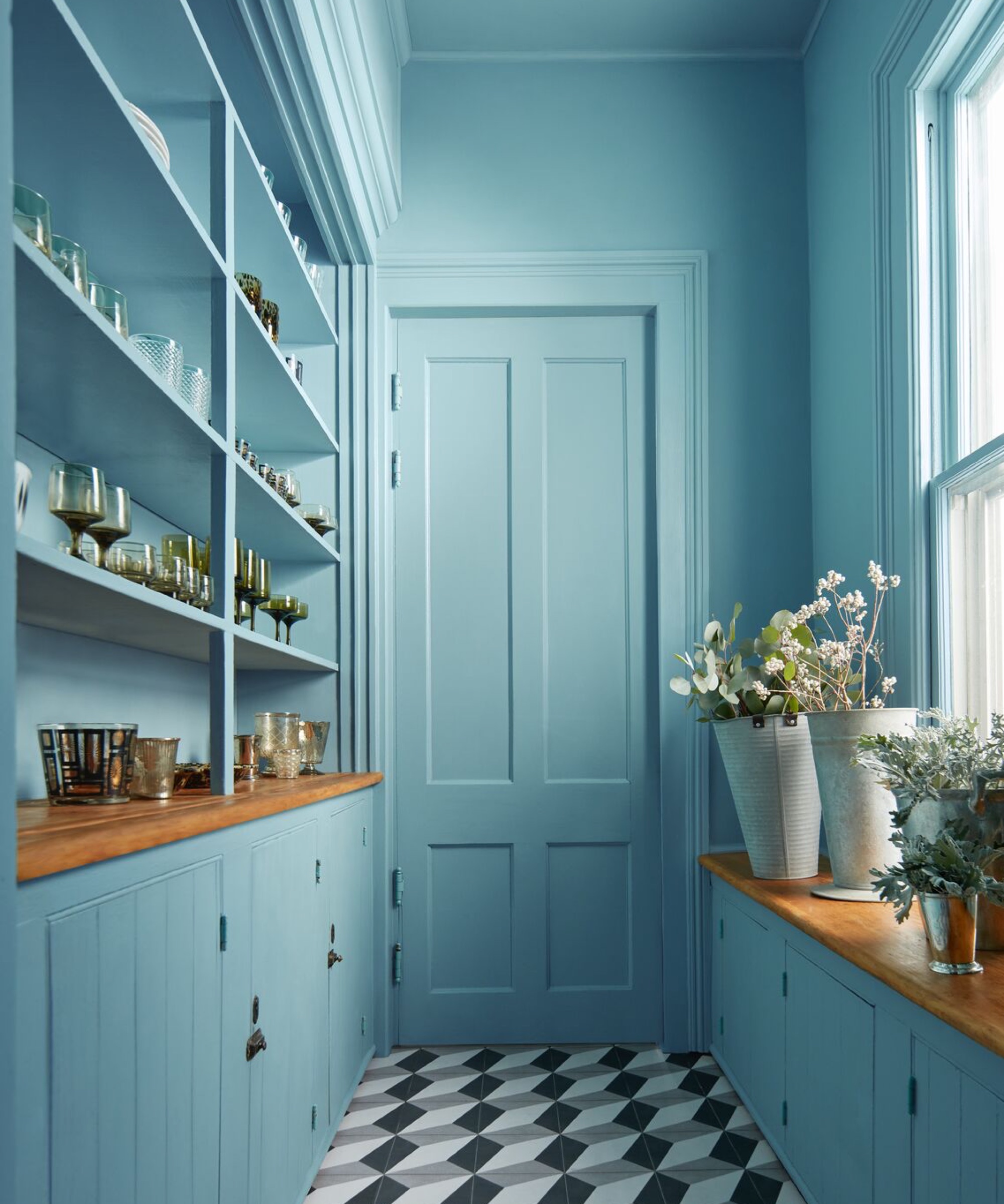
When you’re applying paint, there are some areas for which the pros think spray painting is preferable, and it has some other advantages:
Speed
‘Outdoors or in areas where you’re covering a lot of surface area, spray painting is undeniably faster than roller painting,’ says Andre Kazimierski, CEO, Improovy Painters of La Grange.
Jimmy Harris, property manager and house buyer at We Buy Houses in West Georgia agrees that in some situations, it can make for more rapid completion of the task. ‘If a house is empty, and you are painting everything, spraying the ceilings would be a huge time saver since you only need to focus on not painting the doors and windows. After the ceiling is painted, you can roll the walls and brush the trim,’ he explains.
Pro-style finish
For specific areas of the home Seth Miles recommends spray painting for a professional finish. ‘The best outcomes for cabinets, doors, and trim work come from a high-end sprayer,’ he says. ‘Spraying allows for the painter to control the millage (a measurement of the millimeters of paint applied). Spraying is about the only way to get that glassy appearance for cabinets, doors, and trim work.’
As for painting outside, he says: ‘Spraying exteriors allows a painter to apply a thick even coat across all substrates, and it does not have brush or roller marks.’
And Brandon Walker, superintendent and paint expert at ASAP Restoration, agrees that some areas of the home are best spray painted. ‘We would spray without using a roller when the surface area is too small to warrant rolling, when there’s bad ventilation, or when it will guarantee a better finish such as on woodwork or customization pieces,’ he explains.
Best with specific paint finishes
Interior designer Emily LaMarque of Emily LaMarque Design Studio uses spray paint whenever possible and particularly with some paint finishes. ‘Anything that requires a stain, semi-gloss or high-gloss finish – like doors, windows, and cabinetry – looks best when sprayed since those finishes are mirror-like and tend to show every little bump and imperfection, especially those left by a brush or a roller,’ she says.
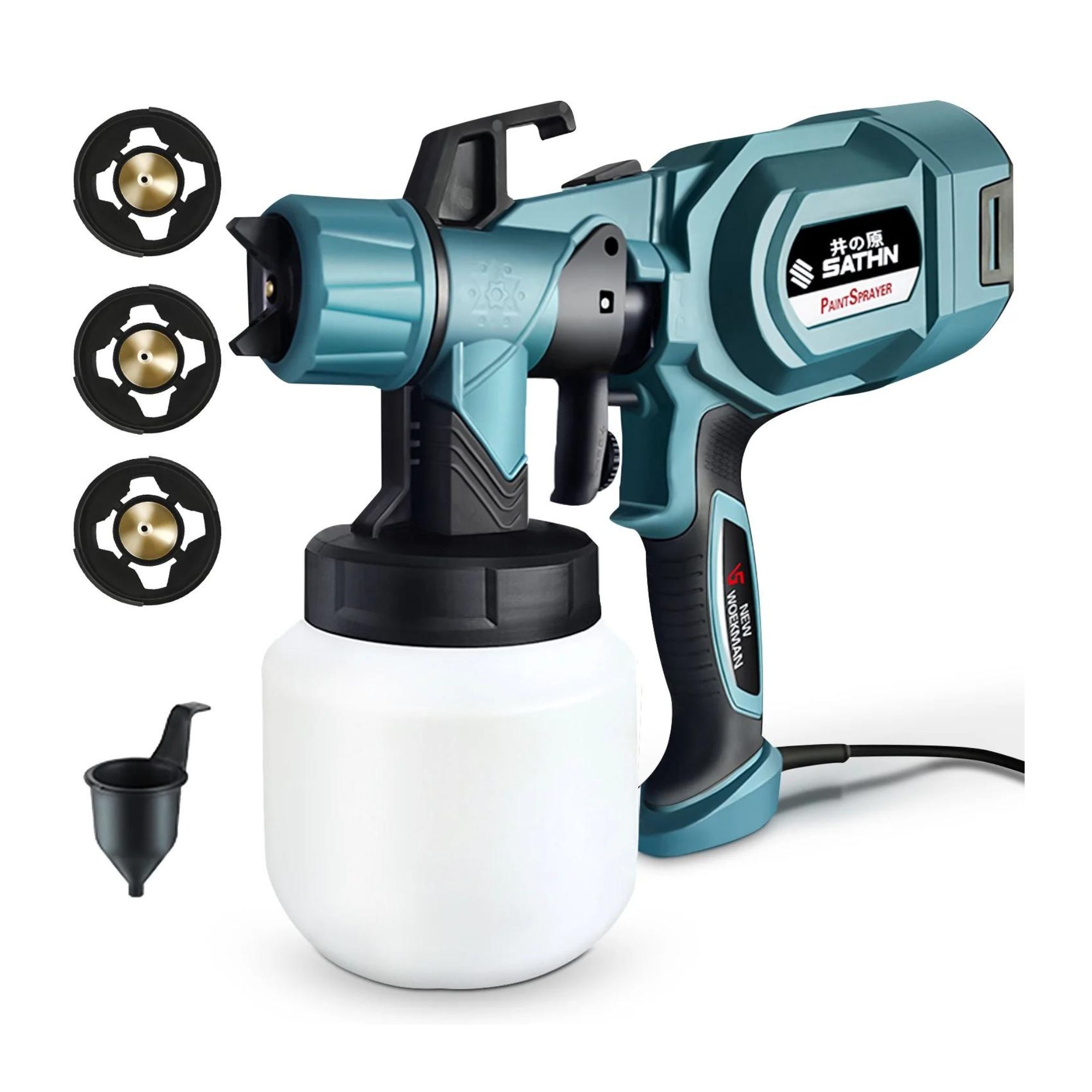
With 800W of power, this eTopeak paint sprayer provides a precise spray pattern that allows you to create a smooth finish on a variety of surfaces.
Benefits of painting with a roller

Using a roller can be the right option for a few reasons and in some circumstances according to the experts:
Less mess
If you’re painting indoors, you might find that a roller is better. ‘You can’t beat roller painting for simple precision – it’s probably the best way to paint to minimize mess and get most of the paint where you want it,’ says Andre Kazimierski.
‘I tend not to recommend spray painting indoors unless you’re prepared to really lock down the area to avoid paint transfer to unwanted areas,’ he adds.
For Jimmy Harris, too, a roller is usually the less-mess option. ‘Spraying may seem easier, but the amount of prep needed to keep from spraying windows, doors, trim, ceilings, floors, and possibly furniture would be time-consuming,’ he says. ‘When rolling, you only need a drop cloth to keep paint off the floor. If you take your time while cutting in with a brush you will not need to tape trim and the ceiling which will save time on prep.’
Convenient for interior walls
Seth Miles advises using a roller for the walls of a home. ‘Rolling walls is the most common application of wall paint, and it does not have overspray,’ he explains. ‘When it comes to repainting homes where there are residents, brushing and rolling would be the most efficient way to paint the home. Modern rollers, brushes, and paint allow for finishes similar to a spray look. Always ask your local paint store for the right applicators.’
Good for textured surfaces
Emily LaMarque suggests using a roller for textured surfaces. ‘For instance if your interior walls have orange peel texture to them, or if you are painting something like stucco on the exterior of a house, those bumpy finishes are going to be much less forgiving than a smooth finish surface,’ she says. ‘Additionally, while spraying paint tends to be much quicker, the prep for masking the space is quite labor intensive because the spray gets everywhere. So everything not being painted needs to be fully covered. If you have textured surfaces and time is a factor, you can easily paint with a roller that has a thicker nap and will carry more paint, allowing the job to move quickly.’
Ease of application outdoors
Painting outdoors might also be better done with a roller, according to Rafi Friedman, president of Coastal Luxury Outdoors. ‘Windy outdoor conditions can make it difficult to paint with sprayers effectively,’ he says. ‘Rollers are slower, but also more reliable, especially for thicker paint. Even if you use large sprayer nozzles, you’ll still run into more clogs, which can be tedious to fix in a hurry, especially if you don't have replacement nozzles ready to go.’
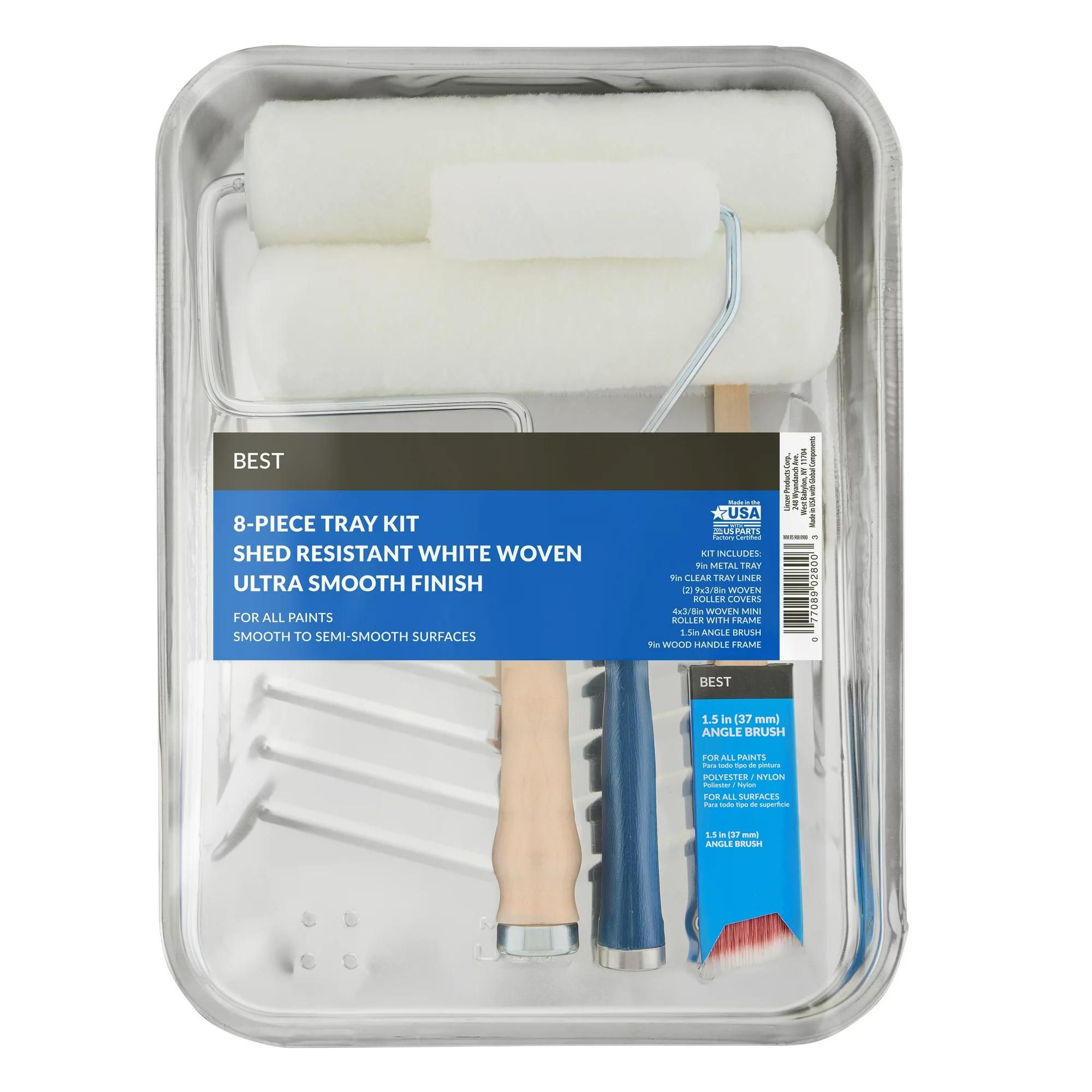
Customers rate this 8-piece tray kit very highly. The rollers are designed so that they don't shed and ruin the finish of your paint job.
Spray painting vs painting with a roller: the verdict
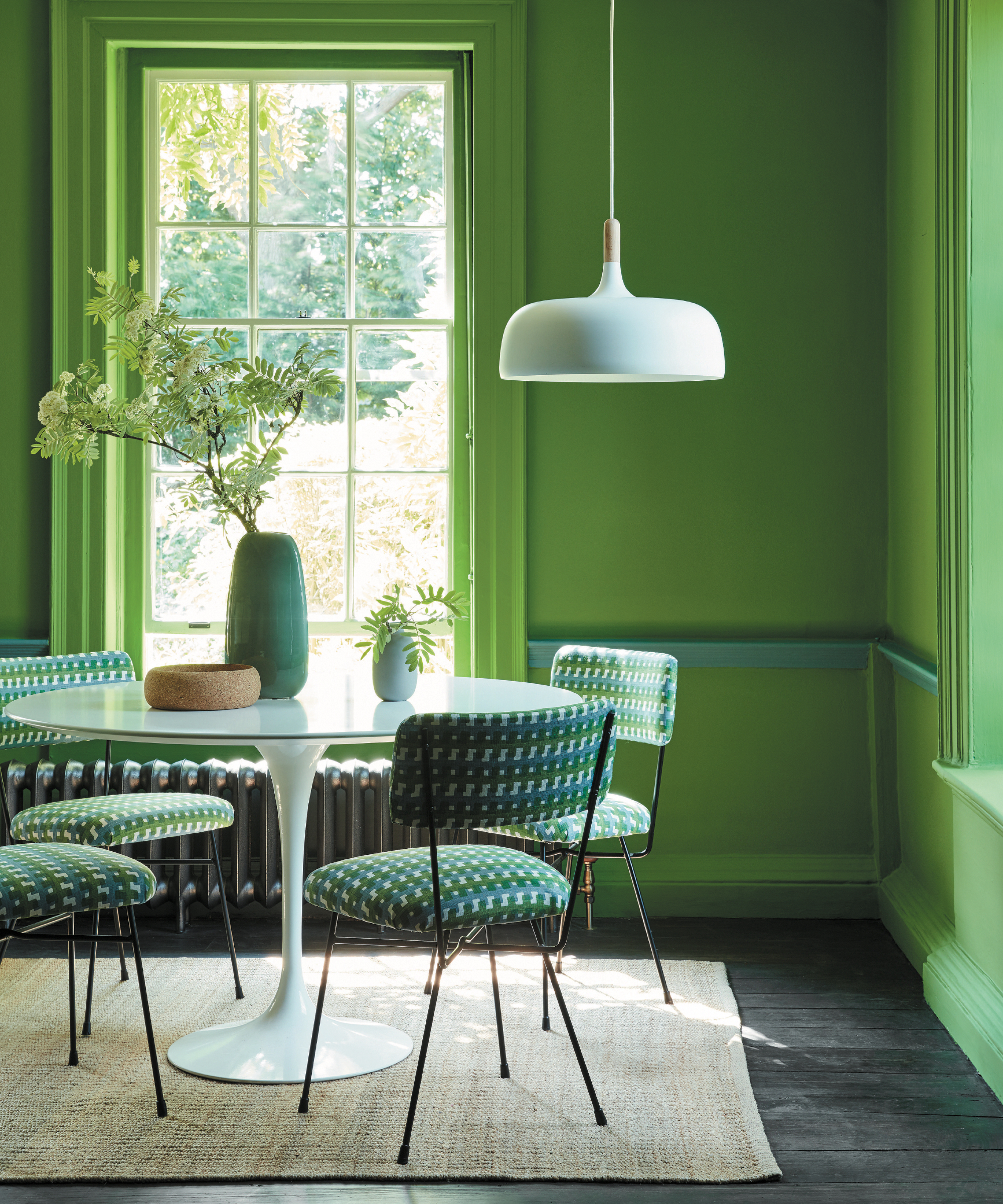
There are advantages to either spray painting or using a roller, but you might want to consider combining the methods.
‘There are some situations where you need to do both, or at least doing both is more aesthetically pleasing or efficient,’ says Brandon Walker. ‘For example, any exterior surface, from block walls to T-111 siding, is best painted with a combination of sprayer and roller. This technique eliminates the chances of missing coverage with just the sprayer, and of missing consistency with the roller.’
Remember, too, that finish matters. ‘Always consider the sheen of the paint,’ says Emily LaMarque. ‘A flat paint is going to be the most forgiving to the eye, and as you move up in sheen, the paint becomes more difficult to work with since it shows every little detail and imperfection. Sometimes though, the best finish is one with gloss or shine to it, and your paint job is only as good as the prep before the paint goes on. Regardless of which paint method you choose, make sure to spend the time stripping, sanding, and priming to make sure you have a good base to begin with.’
As well as using the right application methods, consider the other factors that make for a successful project. Adopt the right techniques for good results if you’re painting a house in humidity, and consider the finish be that matte paint or gloss paint, for example. And when you’ve finished, dispose of paint safely, too.
Sign up to the Homes & Gardens newsletter
Design expertise in your inbox – from inspiring decorating ideas and beautiful celebrity homes to practical gardening advice and shopping round-ups.

Sarah is a freelance journalist and editor. Previously executive editor of Ideal Home, she’s specialized in interiors, property and gardens for over 20 years, and covers interior design, house design, gardens, and cleaning and organizing a home for Homes & Gardens. She’s written for websites, including Houzz, Channel 4’s flagship website, 4Homes, and Future’s T3; national newspapers, including The Guardian; and magazines including Future’s Country Homes & Interiors, Homebuilding & Renovating, Period Living, and Style at Home, as well as House Beautiful, Good Homes, Grand Designs, Homes & Antiques, LandLove and The English Home among others. It’s no big surprise that she likes to put what she writes about into practice, and is a serial house renovator.
-
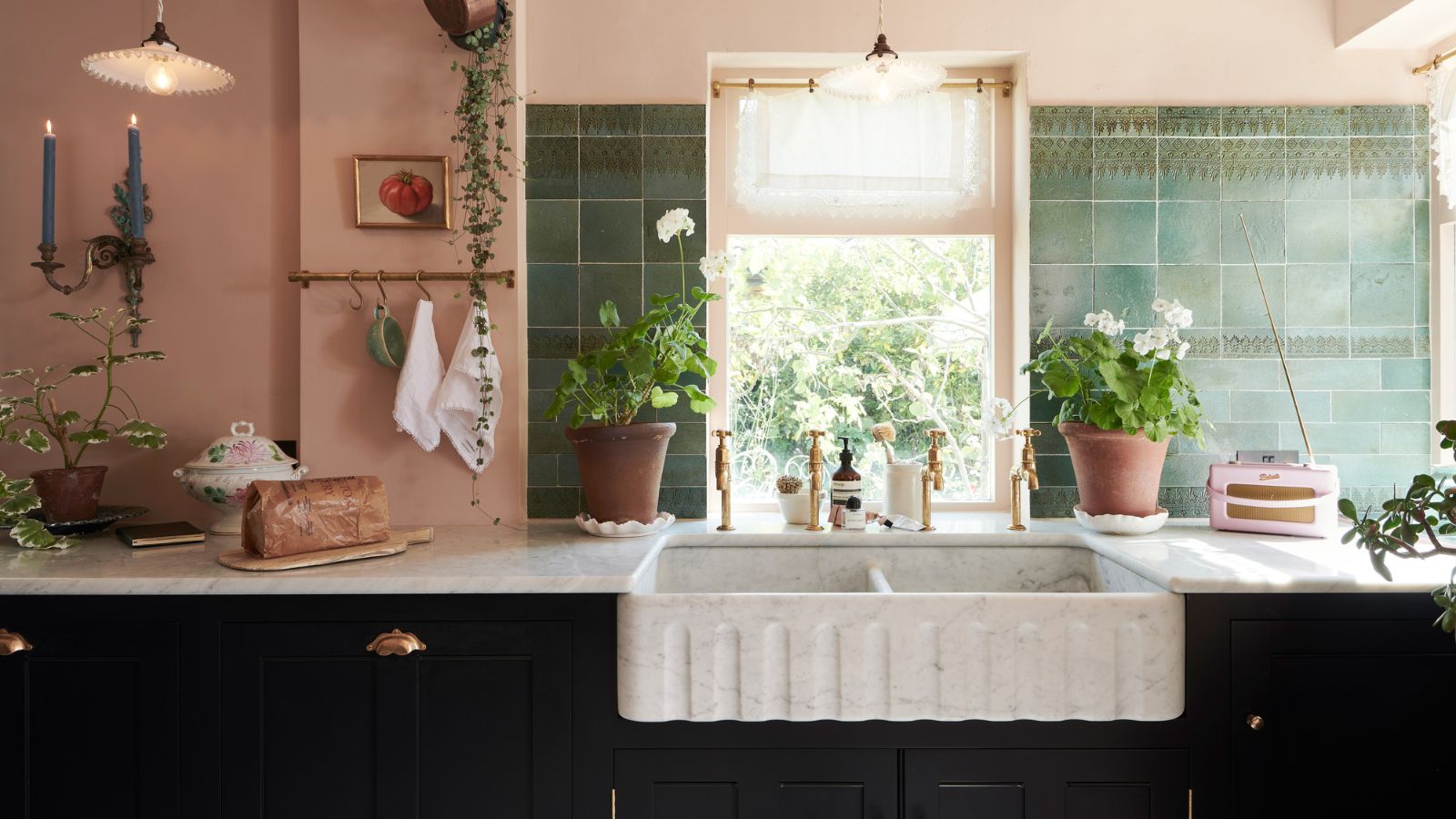 This easy, quick, and non-toxic way to clean your garbage disposal is one that professional cleaners swear by
This easy, quick, and non-toxic way to clean your garbage disposal is one that professional cleaners swear byTry this natural option and kick harsh chemicals to the curb
By Rebecca Shepherd
-
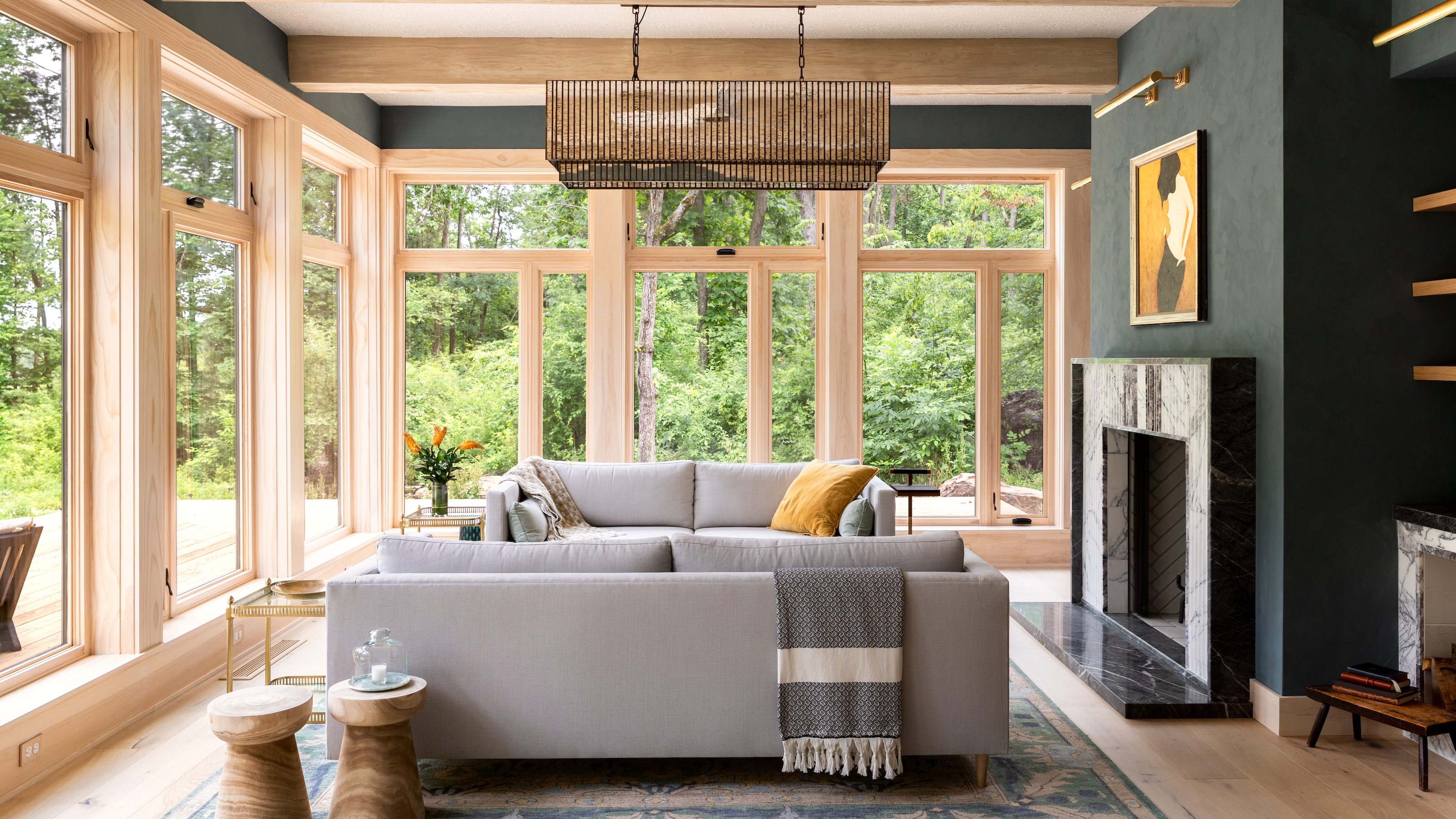 Can you put a big couch in a small living room? Designers deliver their verdict
Can you put a big couch in a small living room? Designers deliver their verdictDiscover what interiors professionals think about opting for a big sofa when your living room is compact
By Sarah Warwick